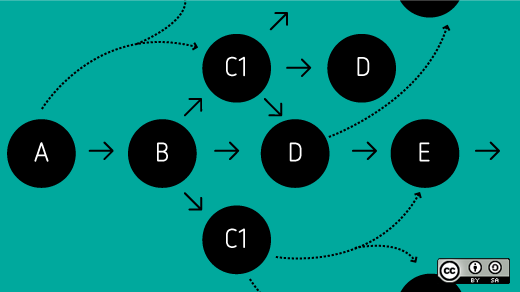
The legal software market is very well established, with some of the main suppliers having been formed 30 or more years ago. The software has obviously developed substantially since those early days with facilities for multi-user systems in one location, remote access to the main system for branches, sophisticated management reporting and, more recently, online access to other facilities and systems, over the internet.
In-house systems
These systems are however based on in in-house system, run and managed in the firm itself and generally purchased and paid for as a major purchase, expected to last 5 or more years. The system is generally paid for up-front and there will also be an annual fee for software support, which is essential to keep the system healthy and new developments incorporated. Most of the larger firms still have systems of this sort, which have proved themselves, over the years, to be reliable and, to a reasonable extent, flexible. There have been options for on-line use added to the basic system but, basically, these are systems run and managed in-house.
The suppliers of these systems probably have dozens, if not hundreds, of existing firms using their in-house systems and these users have paid good money for the software and hardware. These users may not be particularly keen to throw it all out and start again with a completely different approach and new attendant risks, certainly until the present system has had a normal life-span in accounting terms.
These “traditional” systems are not necessarily old-fashioned. There may well be facilities which enable the firms to work online where appropriate (for example in accessing the Land Registry, sharing information with other firms involved in a conveyancing chain, providing online databases of legal forms or other facilities) but the main system is probably still located and managed in the firm’s premises. Updates to the software will be provided to the firm (probably online – there are some ironies here) and the law firms using the software will have developed some considerable expertise in installing, updating and managing their in-house computer systems.
If it ain’t broke, why fix it?
In addition, firms who go for (or retain) in-house systems avoid the worries of security “in the cloud”. If you have an in-house system, there is no need to ask where your data is, how to be sure it has not been damaged in some way, or who might be looking at it. For the legal profession, in particular, security and confidentiality are obviously crucial and these are still qualities which cannot be guaranteed totally with any online storage. There are enough stories of data hacking in the press each week to make any normal systems manager, or lawyer, rather anxious as to whether their data is totally secure.
In summary, many law firms have used their particular in-house software systems for years, and these systems have been updated and well supported, by their suppliers. There are generally good relations between the firm and the supplier. Particular online functions have often been added if there are benefits to doing so.
It is a flourishing market. There are around 60 of these in-house system suppliers described on my A–Z web pages at www.venables.co.uk/software.htm.
Cloud systems
It could be said that there is now a split in the market between firms who want to continue with their in-house system, at least for the time being, and those firms (particularly new and smaller firms) who want to take advantage of the increasing availability and reliability of cloud-based systems and where the data of the firm, usually in its entirety, are maintained “in the cloud”. Generally, with cloud-based systems, there is no option for in-house use.
The suppliers involved are mainly relatively new names in the market who have seen an opportunity for developing easy-to-use legal software in the cloud, particularly for smaller users, as well as some of the older, and well established suppliers who have developed a completely new software system for cloud use as an alternative to their mainstream system.
Cloud based systems have been particularly effective for start-ups and small firms, where there is not a large historical quantity of data to keep track of, and probably no loyalty to a particular system.
Installation is much simpler. An online system for a small firm, particularly a start-up, can generally be up and running in days rather than weeks. Training is relatively straightforward, without staff needing a detailed understanding of “how the system works”.
An additional advantage is that, in most cases, the costs of the system are calculated on a usage basis, so there are few, if any, major upfront costs to contend with. These are “pay as you go” systems.
In addition, there are substantially lower hardware costs, since the user does not need any major computer facilities beyond screens for the users which can access the system online.
There are around 40 of these cloud system suppliers described on my web pages at www.venables.co.uk/outsourcing.htm.
The author
Delia Venables is joint editor of the Newsletter and maintains the UK legal portal site www.venables.co.uk. Email delia@venables.co.uk. Twitter @deliavenables.
Image cc by opensource.com on Flickr.
Exercise
>
Which sort of system do you have in your own firm? What are the facilities of these two types of system which are particularly attractive to you, for your own circumstances? Have you come across either advantages, or dangers, of one or other types of the systems described?

